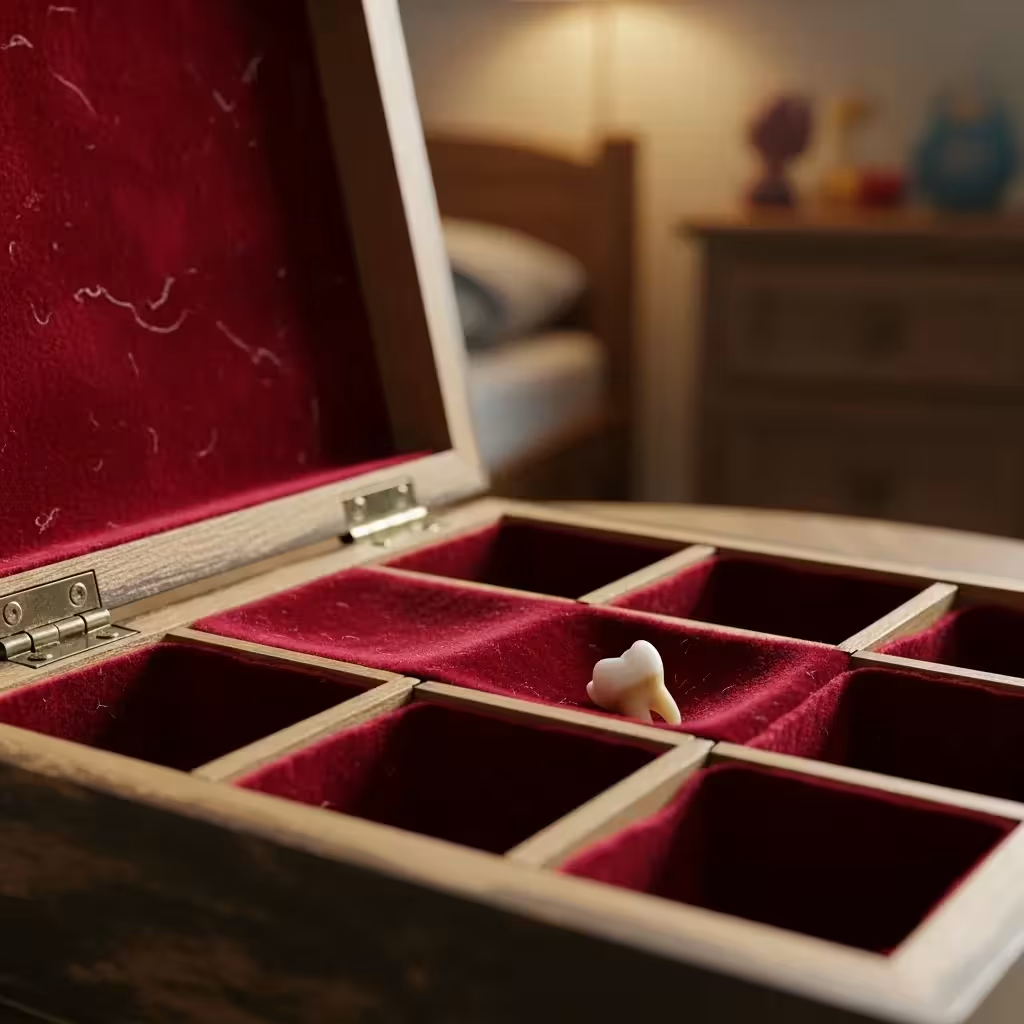
Frequently Asked Questions (FAQs) About Junk Drawer Organization
How do I handle sentimental items I find in the junk drawer?
It’s common to find small sentimental objects—a child’s lost tooth, a ticket stub from a memorable event, a special coin—tucked away in a junk drawer. These items are important, but a utility drawer is not the right home for them. A utility drawer is for action, while sentimental items are for reflection. We recommend creating a dedicated “Memory Box.” This can be a beautiful wooden box or a simple photo box that lives in a closet or on a shelf. When you find a sentimental item, place it in the Memory Box. This gives it a place of honor and keeps your functional spaces clear and focused on their purpose.
What if my drawer is a really weird shape or size?
Non-standard drawers can be tricky, but they are no match for a good organizing system! This is where modular, individual bins are far superior to one-piece expandable trays. You can arrange small square and rectangular bins (like 3×3 or 3×6 inches) to fit around plumbing under a sink or to fill an oddly shaped corner drawer. For extra stability, you can use a small dab of museum putty or a piece of double-sided tape on the bottom of the bins to keep them from sliding around in a deep or slick drawer.
My family members keep messing it up. How do I get them on board?
This is one of the most common organizing challenges. The key is clear communication and a user-friendly system, which you’ve already created with your labels! First, hold a brief “drawer tour.” Show your family the new, organized utility drawer and explain its purpose. Calling it the “Quick-Fix Drawer” or “Tool Drawer” can help shift their mindset. The clear labels are your best ally; they make it just as easy to put something back correctly as it is to toss it in randomly. Lead by example by consistently maintaining the system yourself. Over time, most family members will adapt to the new, easier way of finding things.
I have too many batteries and cords. Where should they go?
The utility drawer is meant to hold only a small supply of your most-used batteries (a few AAs, a few AAAs). The rest of your battery collection should have its own dedicated home. A great solution is a clear, divided plastic case specifically designed for batteries. Label it “BATTERIES” and store it in a cool, dry place like a linen closet, pantry, or office cabinet. Similarly, only the one or two charging cords you use daily might live near the drawer. The rest of your cords should be bundled with velcro ties or rubber bands, labeled with what device they belong to, and stored together in a labeled “ELECTRONICS” or “CORDS” box.

















